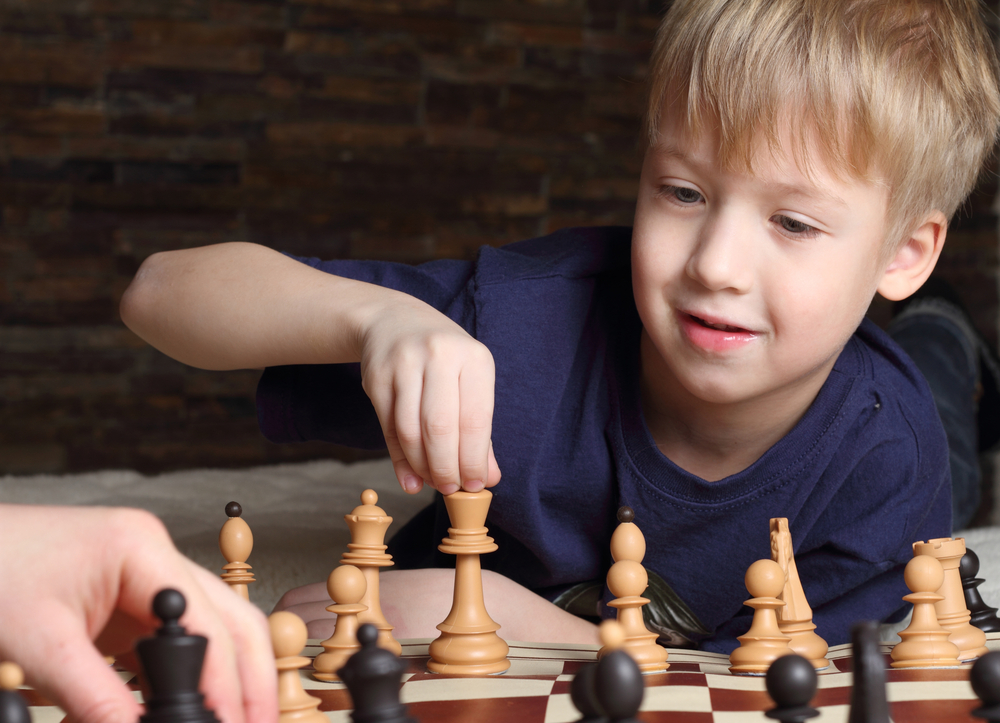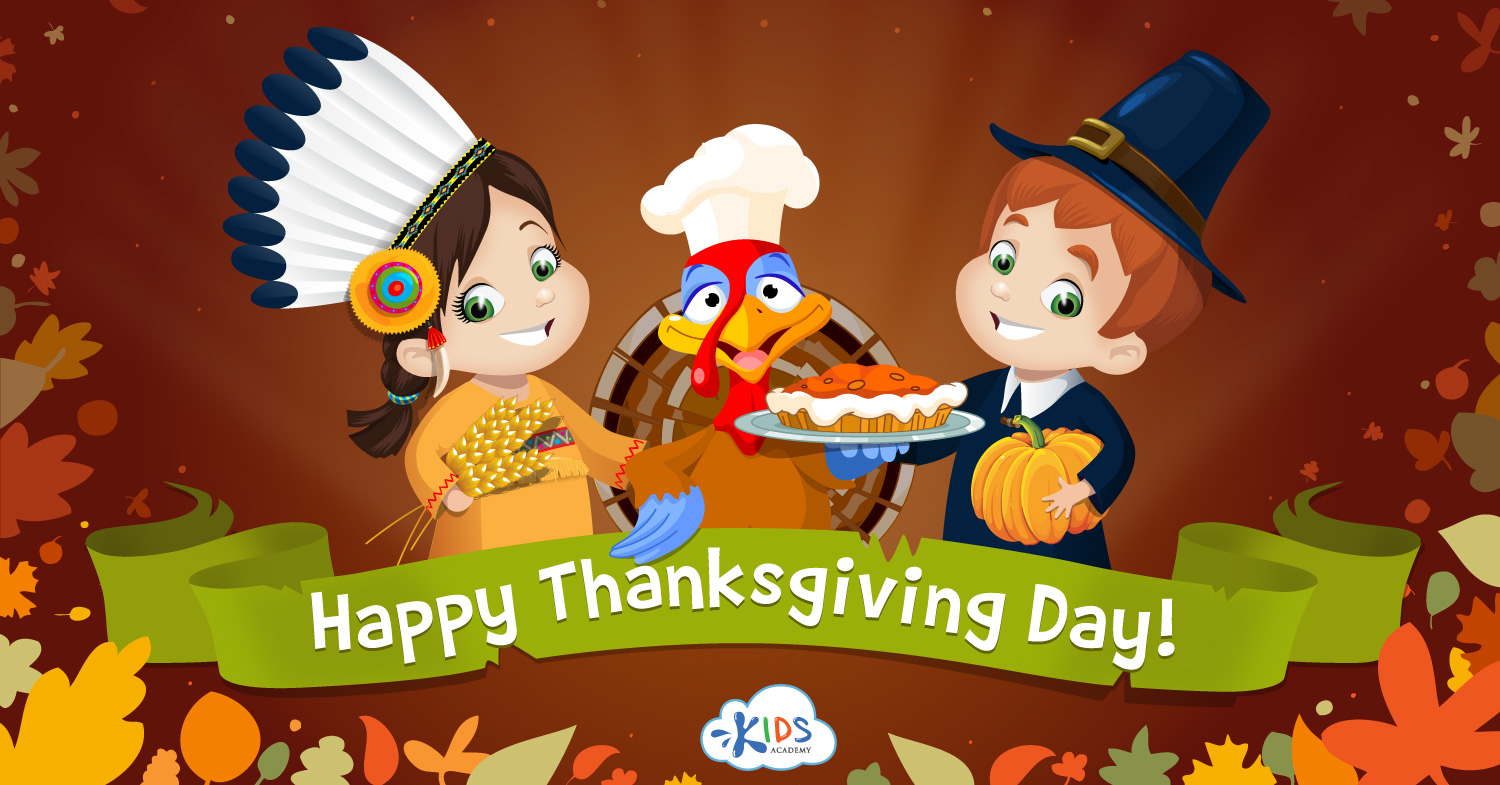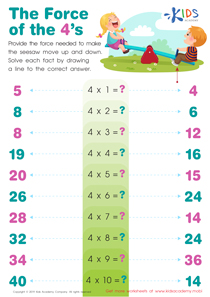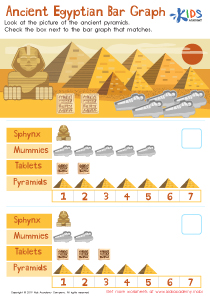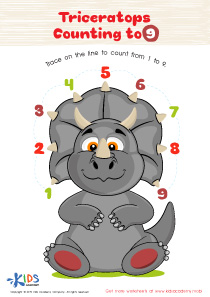Comparing heights Easy Math Worksheets for Ages 4-9
3 filtered results
-
From - To
Enhance your child's understanding of measurement with our "Comparing Heights Easy Math Worksheets" for ages 4-9! These engaging and age-appropriate worksheets introduce young learners to fundamental concepts of height comparison through fun visuals and interactive activities. Kids will practice comparing different heights, using language like taller, shorter, and equal, promoting critical thinking and vocabulary skills. Perfect for at-home learning or classroom use, these worksheets provide valuable practice that caters to various learning styles. Watch your child's confidence soar as they master this essential math skill! Explore our resources today and make learning about heights an enjoyable experience for your little ones!


Which is the Tallest? Worksheet


Zoo Height Contest Worksheet
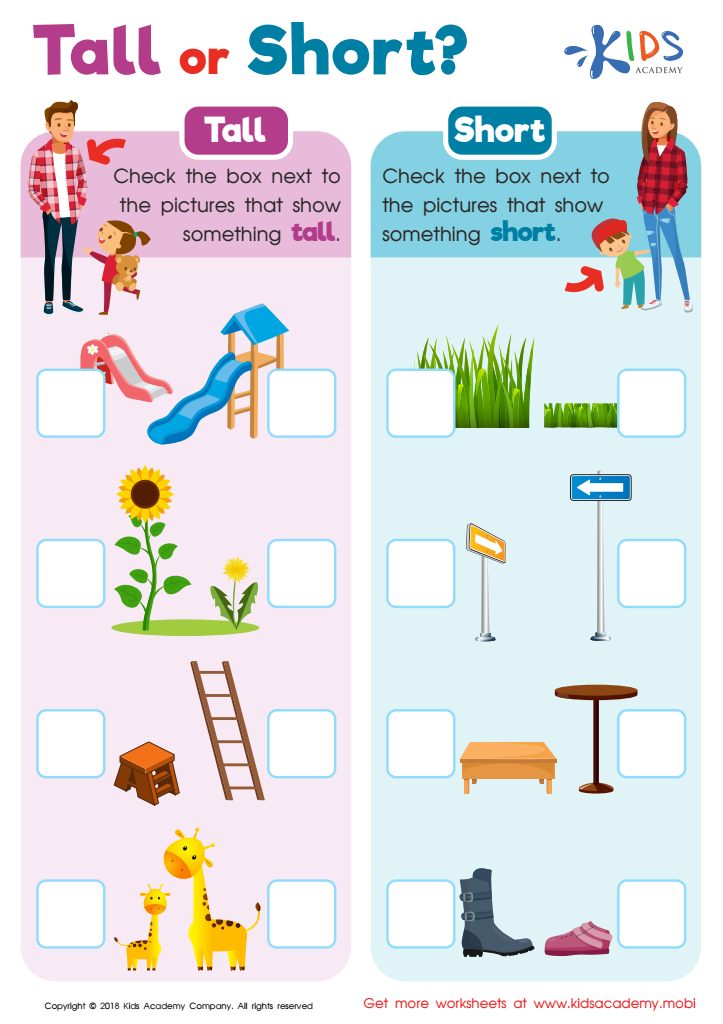

Tall or Short? Worksheet
Comparing heights is an essential foundational skill in early mathematics education that can significantly benefit children aged 4-9. Firstly, it helps develop their understanding of measurement, size, and spatial awareness—all crucial concepts in mathematical learning. Engaging in height comparisons with familiar objects or peers allows children to make real-world connections, thus enhancing their learning experience.
Moreover, this activity not only cultivates mathematical skills but also fosters language development as children learn to express their observations using comparative terms like "taller," "shorter," "same height," etc. It encourages descriptive language and vocabulary acquisition, which are vital for effective communication.
In addition, comparing heights can spark curiosity and promote critical thinking. Children learn to ask questions, seek patterns, and draw conclusions based on their comparisons, laying the groundwork for scientific inquiry later in life. This fosters a growth mindset, where they see learning as a continuous process.
Furthermore, these discussions can build social skills as children interact with peers, collaborate on activities, and share their findings. Overall, exploring height comparisons is not just a simple math exercise; it enriches children’s cognitive, social, and linguistic development, making it a worthwhile focus for both parents and teachers.
 Assign to My Students
Assign to My Students




